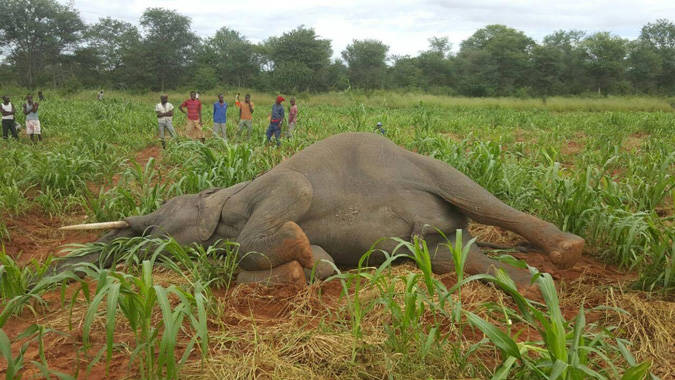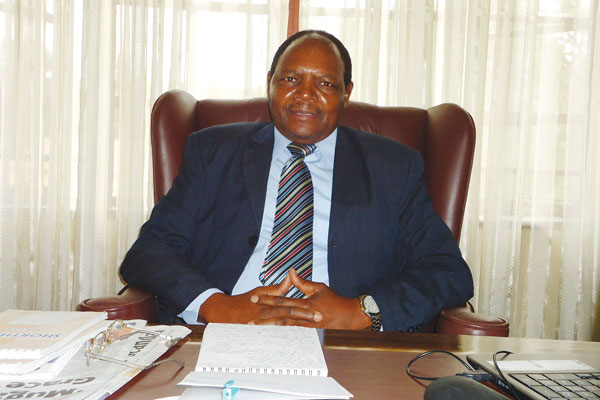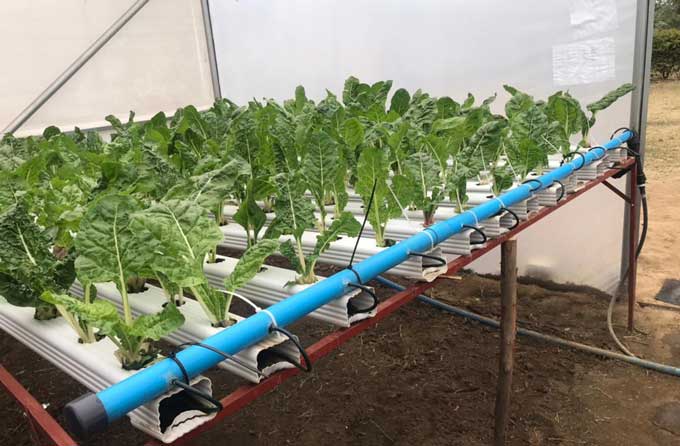
BY GARY GERALD MTOMBENI Ruth Rugeje, a 34-year-old informal trader, says her world nearly crumbled as she could not sustain her business, more so support her family.
Rugeje, who operates a grocery shop Gweru’s Mtapa suburb, is among a myriad of informal traders in the country who were affected by the Covid-19 pandemic.
According to the Zimbabwe Vulnerability Assessment Committee (ZimVAC) report coordinated by the Food and Nutrition Council, hunger in Zimbabwe’s urban areas increased during the peak of the Covid-19 in 2020 which saw 2,4 million people struggling to meet their basic food needs.
The report said nearly 83% of urban households were struggling to buy the food they needed for their families. They were unable to buy basics such as mealie meal, salt and cooking oil compared to 76.8% in 2019.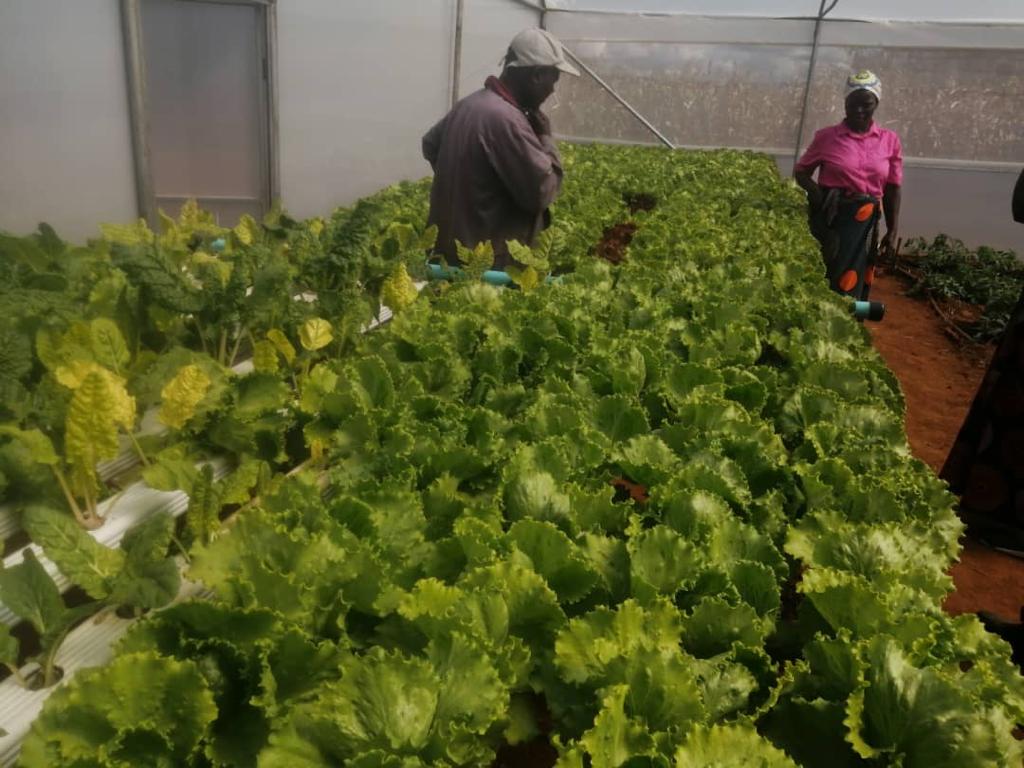
“I used to run a tuck-shop selling groceries to the community and the income would help sustain my family,” Rugeje said.
“Some people paid up front while others bartered with grain and we also accepted credit.
“Business was good and I was able to look after my mother and two siblings with no problem, until the advent of the Covid-19 pandemic.”
Over the last two years, measures to prevent the spread of the Covid-19 pandemic has contributed to the urbanisation of food insecurity, as many families now struggle to put food on their table due to limited food availability, growing inflation and unemployment rates.
- Chamisa under fire over US$120K donation
- Mavhunga puts DeMbare into Chibuku quarterfinals
- Pension funds bet on Cabora Bassa oilfields
- Councils defy govt fire tender directive
Keep Reading
Swiss Agency for Development and Cooperation (SDC) is funding the urban resilience programme in Bulawayo, Gweru and Mutare.
It is against this background that a number of organisations, including the World Food Programme (WFP) have come up with initiatives meant to build resilience among urban communities.
Rugeje is a beneficiary of one such initiative, thanks to WFP who offered her tools and skills to start a hydroponics project in her backyard.
Hydroponics is a soilless cultivation technique that enables plant growth in arid areas.
The technique uses up to 90% less water and 75% less space, while producing crops that grow 100% faster than traditional agriculture.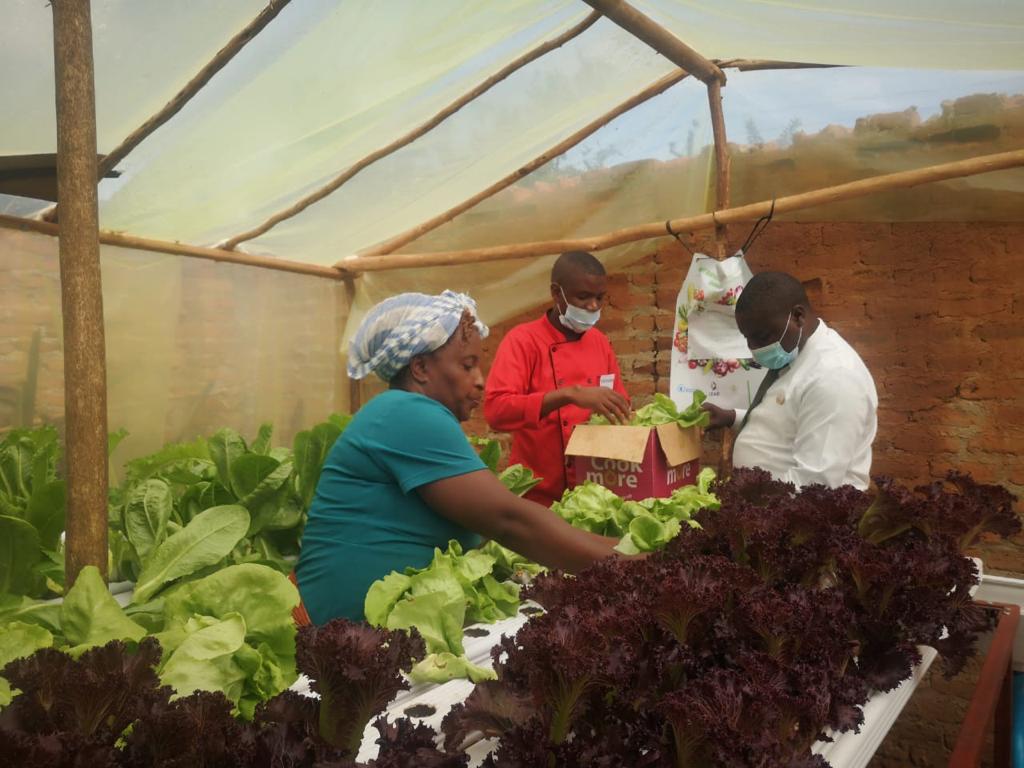
Using a set of plastic pipes, buckets, a solar pump and plant solution which contains plant nutrients, Rugeje is now growing spinach and tomatoes.
“We don’t have electricity everyday so I use renewable energy, which means I harvest the sunlight through solar panels into batteries to pump water through the pipes,” Rugeje said.
“Next I will be planting strawberries and cucumbers to sell at my local market.
“There are more than enough vegetables to eat, and I will sell the surplus so that buy other things like soap, salt and cooking oil.
“Neighbours and friends visit me every morning to check if the vegetables are really growing without soil. They can’t believe it’s possible.
“It has become a learning centre and others in the area are planning to start their own projects.”
The hydroponics project aims to improve food and nutrition security for people in cities who have little physical space.
It provides access to and encourages a diverse consumption of food.
For Rugeje and many other people using hydroponics, their lives have been transformed.
A hydroponic system produces food for over five years with minimal inputs and maintenance.
WFP recently introduced the hydroponic project in Alaska Mine on the outskirts of Chinhoyi where the organisation built a greenhouse and set up a solar-powered borehole.
Eight families are benefitting from the project which mainly produces spinach and tomatoes.
Hazvinei Tembo (30), one of the beneficiaries, expressed her joy over the project.
“The greenhouse is helping us get access to healthy food,” Tembo said.
“The vegetables we harvest from this greenhouse generate about US$216 per table, this however keeps us going.
“We are grateful for the borehole that was drilled for us because water has been a challenge.
“We used to walk long distances to fetch water from the dam.
“Right now from this project I am able to get money to buy food, pay my rent and school fees for my children.”
Tembo said they were supplying their produce to Chinhoyi town and nearby communities as they wait for a licence to supply to retailers.
The greenhouse is not only beneficiary to the few families; it is also used by students at Alaska High School.
The school’s Agriculture teacher Cuthbert Muza said students were gain a lot of practical experience, which is a key requirement of the new curriculum.
“They are having first-hand information on operations of a greenhouse, and also agriculture as business as well as how to manage crops as well as marketing their outputs, and how to control everything from transplanting to harvesting,” Muza said.
“Learners are benefiting a lot from this project, also not forgetting that we are feeding the community using modern techniques of agriculture such as the hydroponics.”
Muza said 450 learners were studying Agriculture from Form 1 to A level, and they were being trained to become professional farmers.
WFP has been helping communities to build resilience through projects such as hydroponics since 2016.
Although the concept is new in Zimbabwe, a number of countries in arid-prone areas such the Algerian and Chadian Sahara desert, the slums of Lima (Peru), Syrian refugee camps in Jordan as well as schools in Zambia.
The hydroponics programme, which is being funded by USAID’s Bureau for Humanitarian Assistance, has seen WFP setting up 57 community assets created in the three urban domains, including boreholes, market sheds and greenhouses for hydroponics.
WFP programme policy officer for Urban Preparedness Sibonokuhle Ndlovu said: “WFP has been proud to support our partners through implementation, monitoring of the programme, helping to ensure access to start up kits for various urban livelihood initiatives like poultry production, rabbitry production, mushroom production, and hydroponics for 1 515 households (Chegutu, Norton and Chinhoyi), while they also benefit from and income savings and lending.
“Besides these, we are also happy to share that empowerment of youth is currently on-going through initiatives through Digitals Skills and Vocational training.”
A similar project was implemented at Shackleton Primary School in Chinhoyi.



